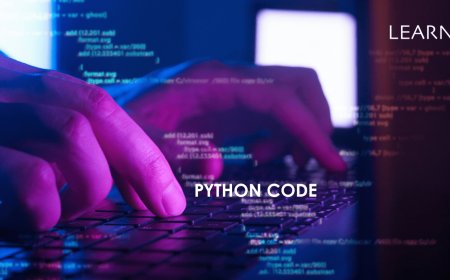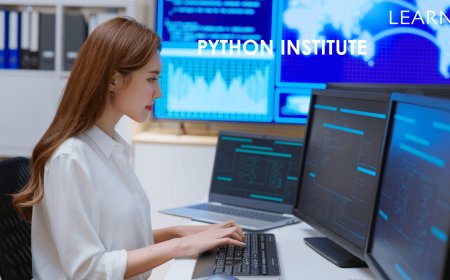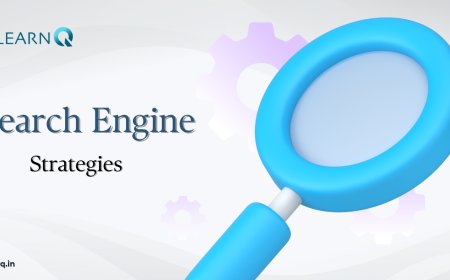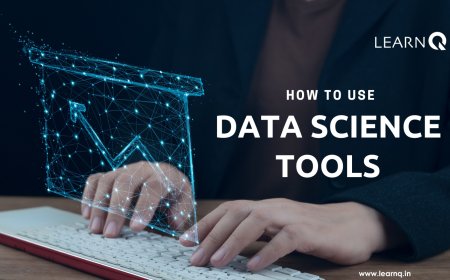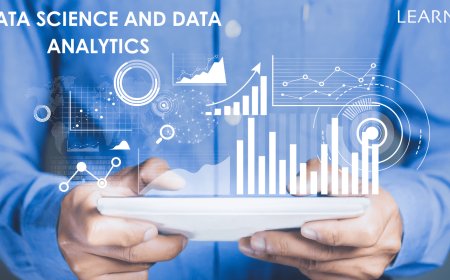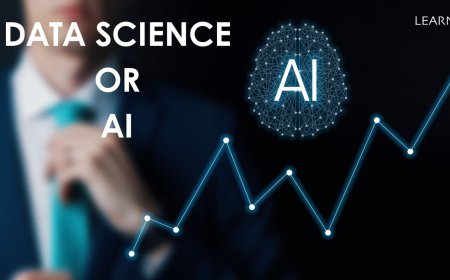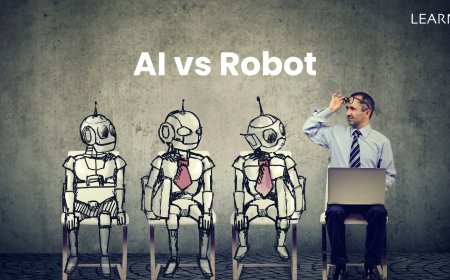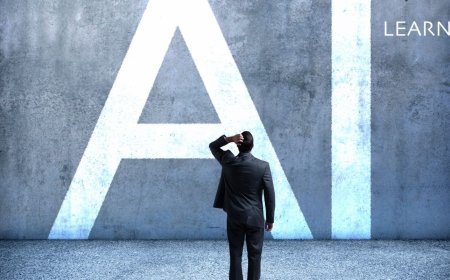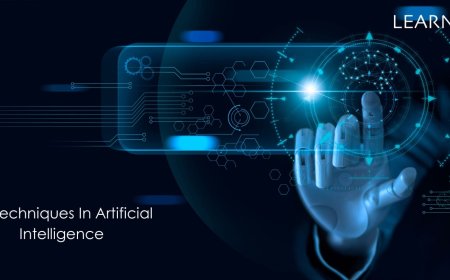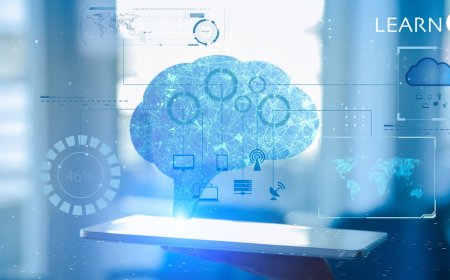AI Techniques In Artificial Intelligence
Discover advanced AI methods like machine learning & neural networks. Learn about AI techniques & how they're used in real-world applications.

Artificial Intelligence (AI) has become a game-changer in many areas, completely changing how things are done, decisions are made, and solutions are found. Within AI, using different methods is important to make it work better and solve different problems. This is why learning about and using AI Techniques in Artificial Intelligence is so crucial. AI techniques cover a wide range of methods, algorithms, and ways of doing things to solve problems in AI. These methods can be traditional ones like symbolic AI, or more modern ones like machine learning and deep learning. Each method has its strengths and uses, depending on what problem it's trying to solve.
By understanding AI Techniques in Artificial Intelligence, researchers and people who work with AI can learn more about how intelligence works and how decisions are made. This knowledge helps in making smarter AI systems that can do things like understand language, see images, drive cars, or predict future events. Explore different AI techniques that are shaping how Artificial Intelligence works. We'll look at real examples and explain why these techniques are important for making AI better, creating new technology, and making society better.
Understanding AI Techniques: Exploring How AI Shapes Our World
Artificial Intelligence (AI) has changed a lot over time. Machine learning is better now, so AI can learn from data and figure out new things by itself. Robots can do more complicated tasks in different places. Deep learning and neural networks help AI recognize patterns and make decisions better. Natural Language Processing (NLP) helps AI talk and understand people better.
AI is used in many ways, from suggesting things you might like online to helping doctors diagnose illnesses and making cars drive themselves. As AI keeps getting better, it will affect society more, giving us new chances but also new problems. Knowing about AI is important for dealing with future technology and using it to help people.
AI Techniques in Artificial Intelligence: The Challenges We Face
While AI offers amazing solutions, there are many problems to deal with along the way. Let's take a look at some of these challenges:
1. Different AI Techniques: AI has lots of different tools, like machine learning, deep learning, and natural language processing. Knowing the ins and outs of each one and choosing the right tool for a job can be hard.
2. Need for Data: AI techniques need lots of good data to work well. But getting that data, especially data that's labeled correctly, can be expensive and take a long time. Plus, if the data has biases, it can cause big problems and give us the wrong answers.
3. Complicated Algorithms: Using AI techniques means dealing with complicated math and computer programs. This can be tough for people who aren't experts in those areas.
4. Thinking About Ethics: AI raises a lot of big questions about what's right and wrong. For example, using AI might invade people's privacy, or it might treat some groups unfairly. We need to think carefully about these issues and take action to make sure AI is used responsibly.
5. Things Are Always Changing: AI is always getting better and changing. Keeping up with all the new stuff while still using what we already know is a big challenge.
What are the Key AI Techniques and How do They Shape Artificial Intelligence?
Artificial intelligence includes different methods that help it work better. One of the main ones is called machine learning. With this, we teach computer programs to find patterns and make guesses based on information they have. This is important in things like recognizing pictures, understanding human language, and suggesting things you might like online. Another important method is deep learning, which is like a fancier version of machine learning. It uses something called neural networks, which are like layers of filters that help the computer understand complicated stuff.
Then there's reinforcement learning. This one's kind of like how we learn things by trying them out and getting rewards for doing well. Computers learn by getting points for doing the right things and losing points for doing the wrong things. Evolutionary algorithms are another cool technique. They work a bit like nature, where things change and improve over time. Computers using this method keep trying different solutions and only keep the ones that work best, kind of like natural selection.
Understanding Different AI Techniques in Artificial Intelligence
Artificial intelligence (AI), it's important to know the different ways it can do things. From teaching computers to learn from information to helping them with Natural Language Processing and images, AI has many tricks up its sleeve. Let's break down these tricks and see how they help make AI smarter.
1. Machine Learning: One way AI works is by using something called machine learning. This means teaching computers to learn from examples. There are a few ways to do this:
-
Supervised Learning: This is like teaching with answers. Computers learn from examples that are already labeled.
-
Unsupervised Learning: Here, computers learn to find patterns in data without any labels.
-
Reinforcement Learning: This is like trial and error. Computers learn by trying things and getting feedback.
2. Deep Learning: Deep learning is a fancy way of saying that computers use networks of artificial brain cells to understand things. There are different types:
-
Convolutional Neural Networks (CNNs): These are great for recognizing things in pictures.
-
Recurrent Neural Networks (RNNs): They're good at understanding sequences, like sentences in a language.
3. Natural Language Processing (NLP): AI can also understand and even generate human language. Here's how:
-
Named Entity Recognition (NER): This helps AI pick out important things like names or dates from text.
-
Sentiment Analysis: AI can figure out if a piece of text sounds positive, negative, or neutral.
-
Language Generation: This lets AI create text that sounds like it was written by a person.
4. Computer Vision: AI can look at pictures or videos and understand what's in them. Here are some ways it does that:
-
Object Detection: This helps AI find and name things in pictures.
-
Image Segmentation: It helps AI split pictures into parts that make sense.
-
Image Classification: AI can tell what's in a picture by giving it a label.
5. Reinforcement Learning: Just like how people learn from trying things out, AI can too. This is called reinforcement learning. For example, AI can learn to play games or control robots by trying different actions and seeing what works best.
6. Generative Adversarial Networks (GANs): AI can even create new things, like pictures or music. One way it does this is with Generative Adversarial Networks (GANs), where one AI tries to make something, and another AI tries to tell if it's real or fake.
7. Transfer Learning: Sometimes, AI can use what it's learned in one situation to help in another. This is called transfer learning. For instance, a model trained to understand general language can be finetuned to understand specific topics with less extra training.
8. Evolutionary Algorithms: AI can also use ideas from nature to solve problems. Evolutionary algorithms mimic how life evolves to find the best solutions to tricky problems.
Understanding AI techniques in artificial intelligence (AI) is important for making AI better and applying it in different areas. By putting what we know into AI systems, using AI Techniques in Artificial Intelligence, and helping them learn continuously, we can make AI smarter and more adaptable. But we need to deal with challenges like how to store, get, and keep knowledge to get the most out of putting knowledge into AI. With careful thinking and new ideas, we can make AI reach its full potential to solve hard problems, help us make better decisions, and move society forward. By combining what we know about different areas with what AI can do, we can make AI that not only does tasks well but also understands the world better.
